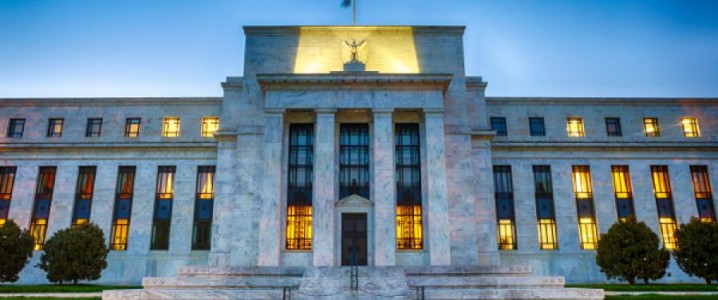Oil prices declined in Wednesday’s intraday trading after the U.S. Federal Reserve cut its benchmark interest rate by 25 basis points, marking the first cut since December 2024, and signaled more cuts could be coming this year.
All but one Fed official voted for the cut, with Governor Stephen Miran the lone dissenter. Miran served as President Donald Trump’s Chair of the Council of Economic Advisers before his Tuesday swearing-in as Fed Governor. Brent crude for October delivery slipped 0.85% to trade at $67.92 per barrel at 2.35 pm ET, while the corresponding WTI contract fell 0.79% to $64.02 per barrel. Lower interest rates can help boost a flagging economy and boost oil demand.
Growing signs of weakness in the labor market are the main reason why the Fed has decided to cut borrowing costs for the first time in the current year, coupled with the predictions that tariff-induced inflation is going to be short-lived. Job growth over the past couple of months has been anemic, with an average of only 29,000 jobs added in the three months ending in August, representing the slowest three-month clip since in 15 years, outside of the pandemic.
Currently, there are fewer job openings than the number of unemployed people hunting for jobs, with the number of people unable to find work for six months reaching the highest level since November 2021. Meanwhile, a preliminary revision to employment data for the year ending in March 2024 shows that the U.S. economy added ~911,000 fewer jobs than previous estimates.
“Overall, this shows that the jobs market is in an even more precarious position than we thought,” Sarah House, senior economist at Wells Fargo, told CNN. “This doesn’t tell us anything explicitly about hiring over the past few months, but it does suggest that we’re already on a much weaker setting heading into what’s been a rougher stretch since.”
By Alex Kimani for Oilprice.com
More Top Reads From Oilprice.com

